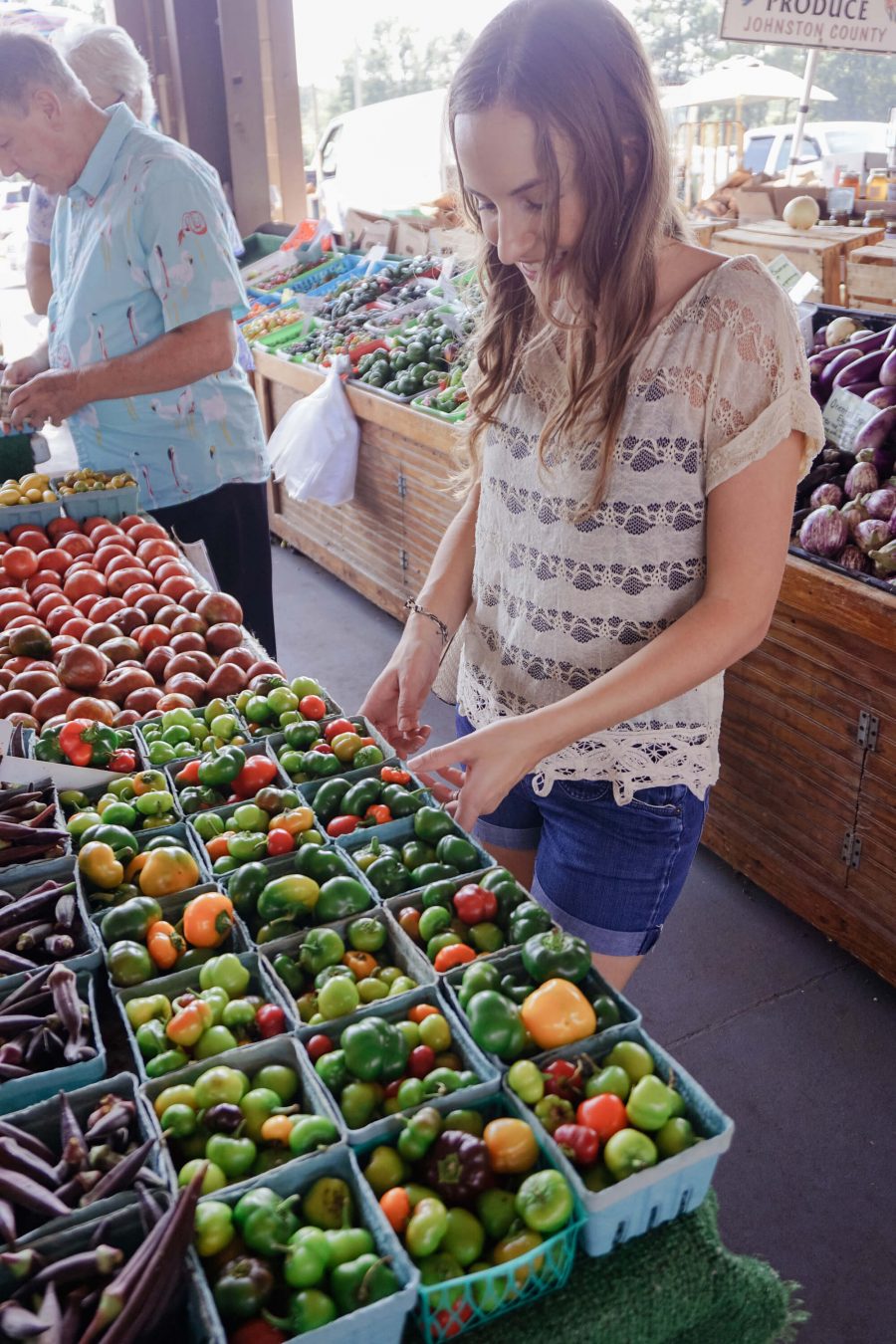Written in collaboration with Jeremy Bowler.
Many people have lost touch with the environment and the earth around us. Between our 9-5 shifts, busy schedules, and cravings for what is tasty and easy, we often don’t care about our food sources and don’t think ways to eat more sustainably. However, what you put on your plate each day affects the environment. In turn, this affects our ability as humans to live healthy lives and avoid environmental situations that could lead to worldwide food insecurity.
The world is shifting towards sustainability and responsibility. You’ll be surprised how much progress we can achieve if every individual makes a few lifestyle changes. Here are a few tips to eat more sustainably:
Eat more variety
Research has shown that 75% of the global food supply comes from only five animal species and 12 plants. Greater diversity is vital for nature, food security, and sustainability, as our world depends upon incredibly diverse and varied ecosystems to function. Anything less will have critical agricultural repercussions. Next time you’re at the grocery store, try branching out from your go-to fruits and vegetables. Buy and cook something new! You may discover a new favorite while you work to eat more sustainably.
Check your meat intake
Generally, one acre of land is needed to produce enough grass to feed a single cow, and one cow typically generates around 1.1 million calories. That sounds like a lot.
However, when you compare that to other fruits and vegetables, meat pales in comparison. For example, one acre of potatoes yields 17.8 million calories! It takes roughly 17 times more land meant for cow grazing to produce what you can get from a single acre of potatoes. However, potatoes don’t even generate the largest yield. Jackfruits produce an estimated yield of 38.4 million pounds per acre, and that’s only considering the edible fruit and not other parts of the plant that are also edible, such as the seeds.
Meat production simply requires far more resources like land and water than most plants.
Consume more plant-based foods
I know, I know – those mozzarella sticks are just always so tempting. Unfortunately, farming for meat and dairy requires a vast amount of food, water, and space. What’s more, meat and dairy farming contributes greatly to greenhouse gas emissions. The digestive byproducts of cows alone contribute to over 25% of the greenhouse gas emissions of the entire US agricultural industry.
Instead of turning to animal products, try consuming more beans, nuts, and vegetables. You may take a cue from countries like Malaysia and China, where most diets are plant-based. There is such a wide variety of delicious plant-based dishes you can cook, ranging from tagines, delicious salads, and rice dishes. (Check out a few of my favorite plant-based recipes here!) Fortunately, plants can be brimming with far more flavor than meat and dairy.
Be responsible with your seafood choices
Research has shown that approximately 30% of fish are overfished. Additionally, aquaculture is noted to have its challenges. Yet, when seafood is produced responsibly, it can benefit everyone, including nature and the climate. When making your seafood choices, you may go for species diversity from adequately managed sources. It is best to eat from the lower food chain and go for seafood with a minimal carbon footprint.
Eat preserved foods during the offseason
Dried, canned, and frozen foods are lightly processed. Such foods are a way to eat more sustainably during the offseason, unlike fresh fruits and vegetables produced in heated greenhouses or transported from distant locations. Food preservation has always been a regular human practice and viewed as an excellent survival means. If possible, include more seasonal produce from your local farmers. This doesn’t only support the local market, but you may learn more about seasonal food preparation from the producers. Exploring the local market is an excellent way to find fresh local produce and foster a relationship to know how your food was grown, harvested and the best preservation methods.
Cut down on waste
When you throw away food, your own money is going down the drain along with the environmental resources it took to produce. According to statistics, the average US household wastes approximately 32% of the food obtained by its members. This is like throwing one-third of your food budget straight into the trash bin. The amount of food we waste is an issue with severe repercussions on the environment, as it pollutes the earth in landfills and wastes precious resources. Interestingly, global food waste would come behind only the US and China if it was a country. That is quite staggering.
Grow some foods yourself
Nothing comes close to fresh, garden-grown produce. Aside from being delicious and healthy, home-grown produce has a tiny carbon footprint, unlike produced purchased from the store. Starting a garden is a gerat thing you can do for yourself and the environment. It could be as little as a pot in your yard. This eliminates the need for your food to travel miles to reach you nor contribute to waste through packaging. Additionally, you get to enjoy some time caring for your plants in the splendid sun. Sustainability can’t be any more appealing than this.
By trying to eat more sustainably, you can impact your personal life and the global environment. We hope you can use the tips above to transform your diet for the betterment of the earth!
xoxo Laura (in collaboration with Jeremy Bowler)
P.S. – This post may contain affiliate links, which means we may receive a small commission (at no cost to you) if you purchase a product using a link from this post. Read more here about my disclaimers/disclosures.

1 comment